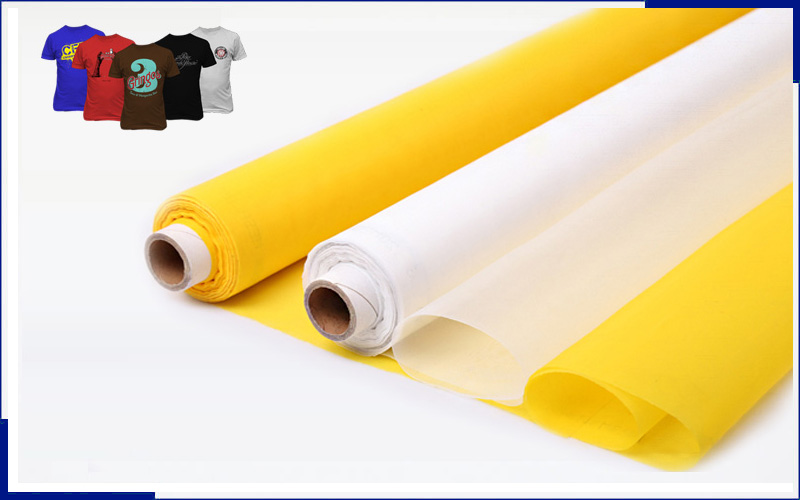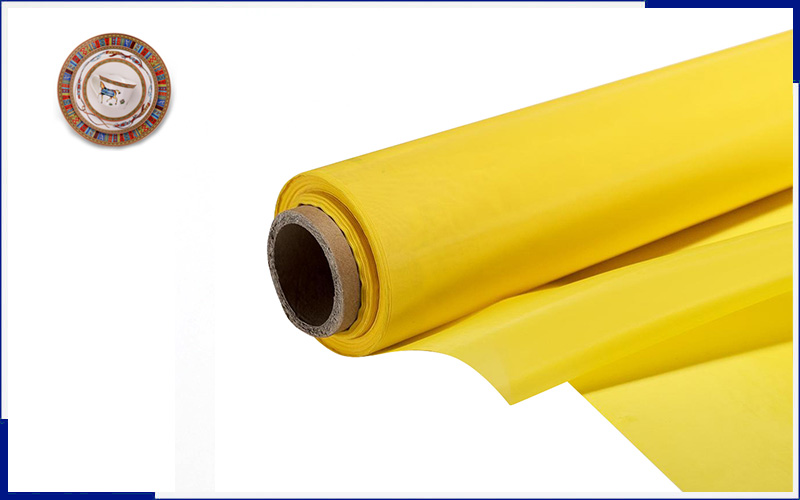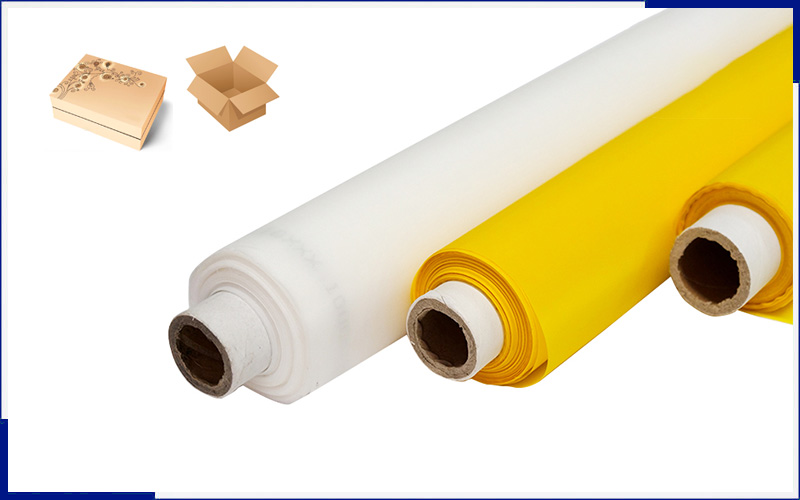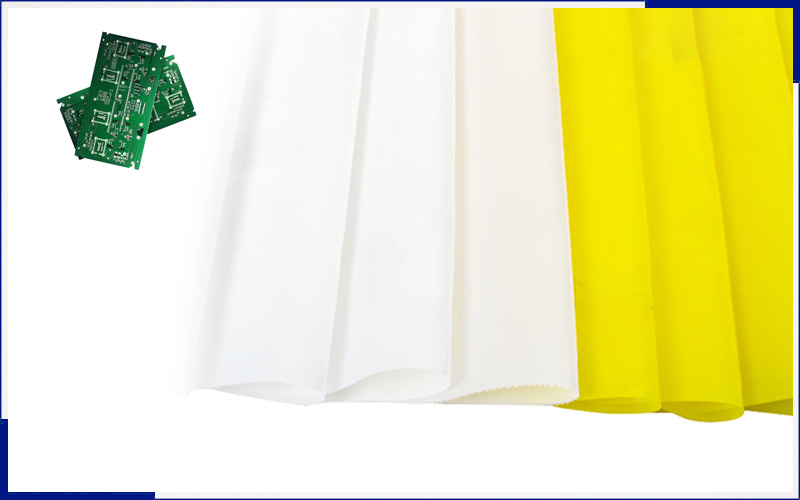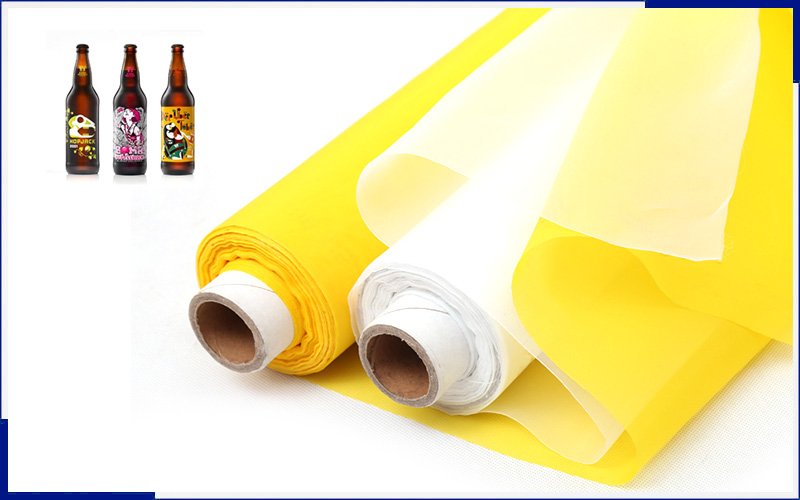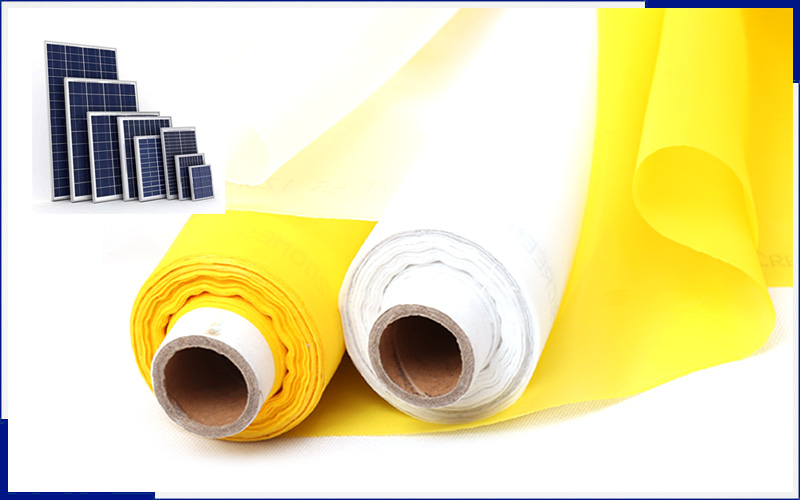Mastering Halftone Printing: Techniques for Perfecting Gradient Effects with Screen Printing Mesh
Mastering Halftone Printing: Techniques for Perfecting Gradient Effects with Screen Printing Mesh
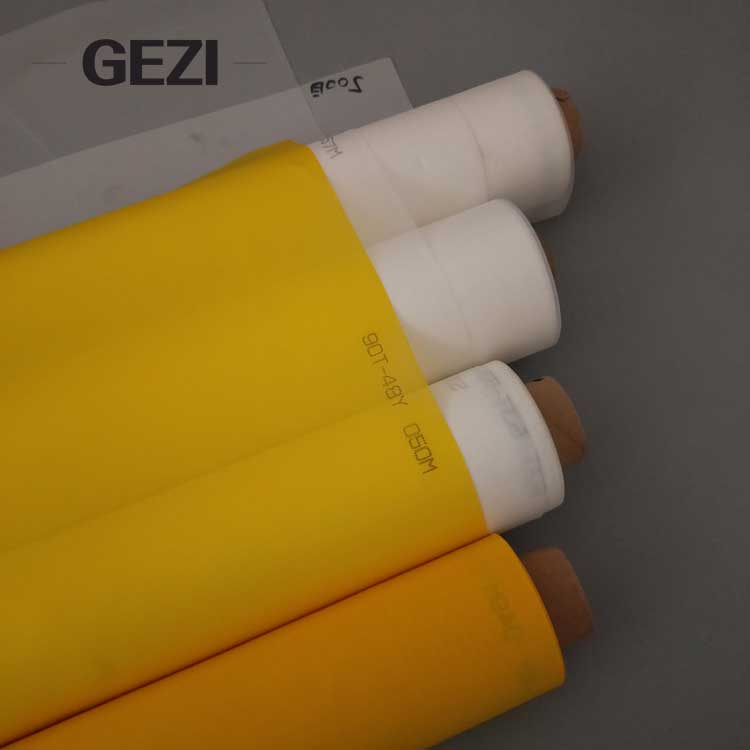
Halftone printing is a popular technique used in the world of screen printing to achieve gradient effects and create stunning visual designs. Whether you're a seasoned screen printer or just starting out, understanding and mastering halftone printing can take your creations to the next level. In this article, we will explore various techniques that can help you perfect gradient effects with screen printing mesh.
Halftone printing is a method that involves breaking down an image into tiny dots of varying sizes and densities. These dots are then printed using different ink colors to create the illusion of gradients and shades. The size and density of the dots determine the intensity of the color and the smoothness of the transition.
To achieve perfect gradient effects, the first crucial step is to choose the right screen printing mesh. The mesh count refers to the number of threads per inch in the screen. Lower mesh counts, such as 110 or 156, are ideal for halftone printing as they allow more ink to pass through, resulting in larger dots and a more visible gradient. Higher mesh counts, such as 230 or 305, are better suited for fine details and crisp lines but may not produce the desired gradient effects.
Once you have selected the appropriate mesh, the next step is to prepare your artwork. Begin by converting your image to grayscale, as halftone printing relies on varying shades of black to create the illusion of gradients. Adjust the contrast and levels of your image to achieve the desired tonal range. Experiment with different settings to find the optimal balance.
Now comes the process of creating the halftone effect. This can be done using specialized software or plugins designed for halftone printing. These tools allow you to control the size and shape of the dots, as well as the spacing between them. Adjusting these parameters will directly affect the smoothness and intensity of your gradient.
When setting up your halftone parameters, consider the capabilities of your mesh screen printing equipment. Take into account the ink viscosity, screen tension, and printing pressure you will be using. These factors can influence how well the ink passes through the screen and how the dots are transferred onto the substrate. It may require some trial and error to find the perfect combination that yields the desired gradient effect.
During the printing process, it is essential to maintain consistency and precision. Make sure your screen is properly aligned and securely attached to the printing press. Use registration marks to ensure accurate placement of your design. Test print on scrap fabric or paper to assess the quality of the halftone effect and make any necessary adjustments before moving on to the final product.
Ink management is another critical aspect of achieving perfect gradient effects. Consider using a gradient ink system that allows you to blend colors seamlessly, creating smooth transitions between different shades. Proper ink mixing and viscosity control are crucial to achieving consistent results throughout the printing process.
Cleaning and maintaining your silk screen cloth is vital for preserving the quality of your prints. Regularly clean your screen after each print run to prevent ink buildup and blockage. Ensure that your mesh is free from any debris or particles that could affect the clarity of the halftone dots. Proper maintenance will prolong the lifespan of your screen and contribute to the overall quality of your gradient effects.
Mastering halftone printing requires a combination of technical expertise and artistic vision. Experiment with different mesh counts, halftone settings, and ink management techniques to find the perfect balance for your desired gradient effects. Practice, learn from your results, and don't be afraid to push the boundaries of your creativity.
In conclusion, halftone silk screen printing mesh is a versatile technique that allows screen printers to achieve stunning gradient effects and produce visually captivating designs. By selecting the appropriate mesh, preparing your artwork effectively, understanding the printing process



